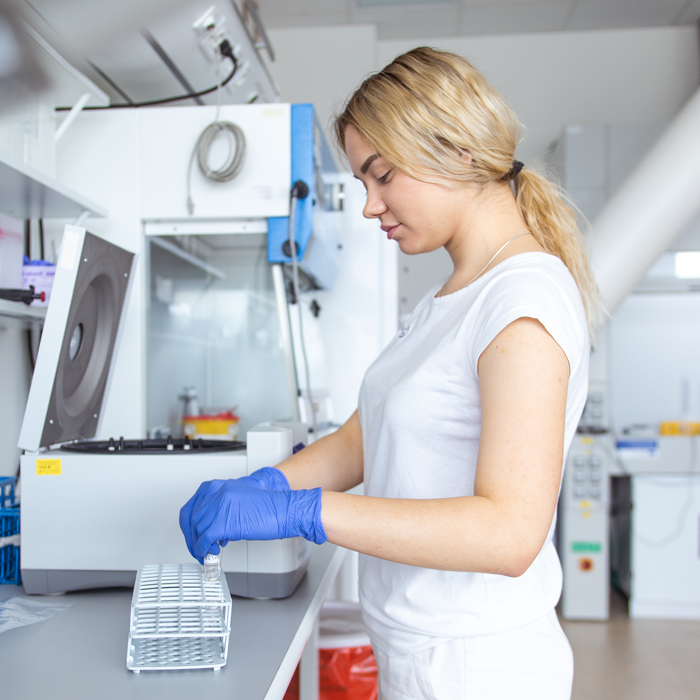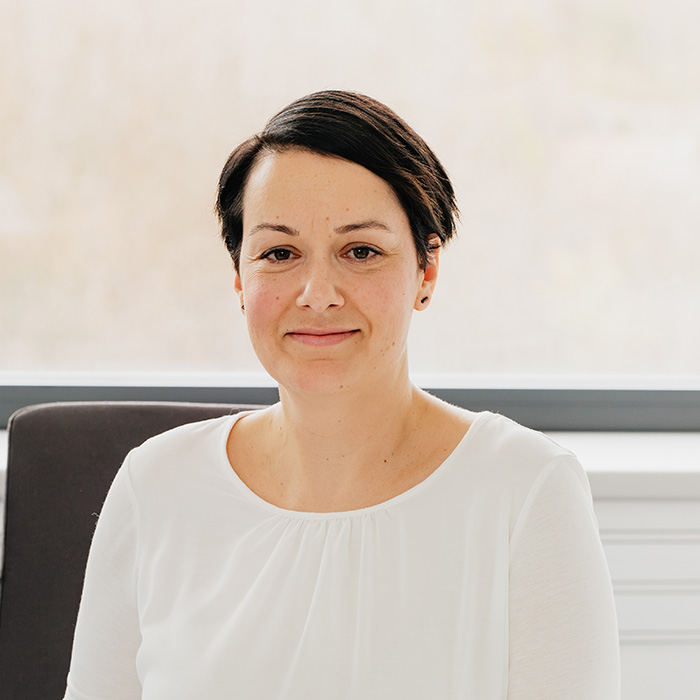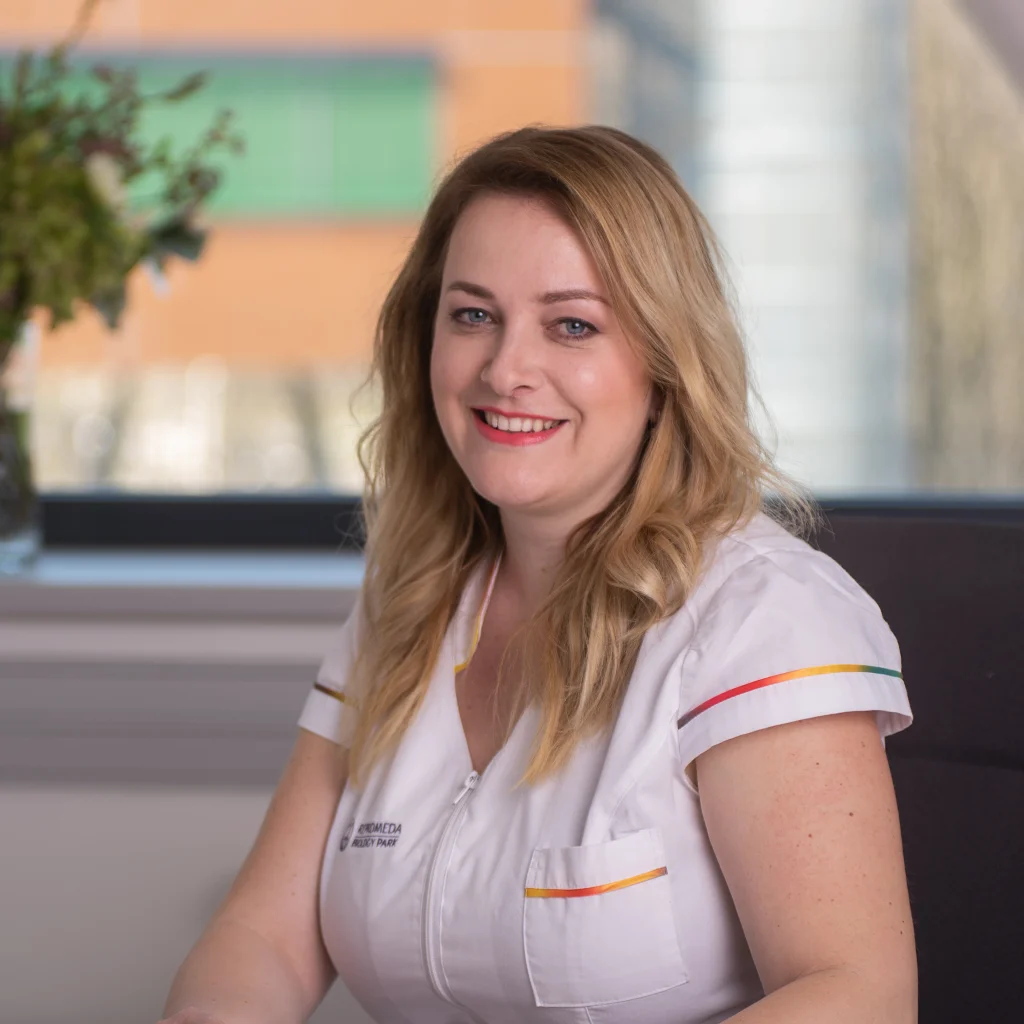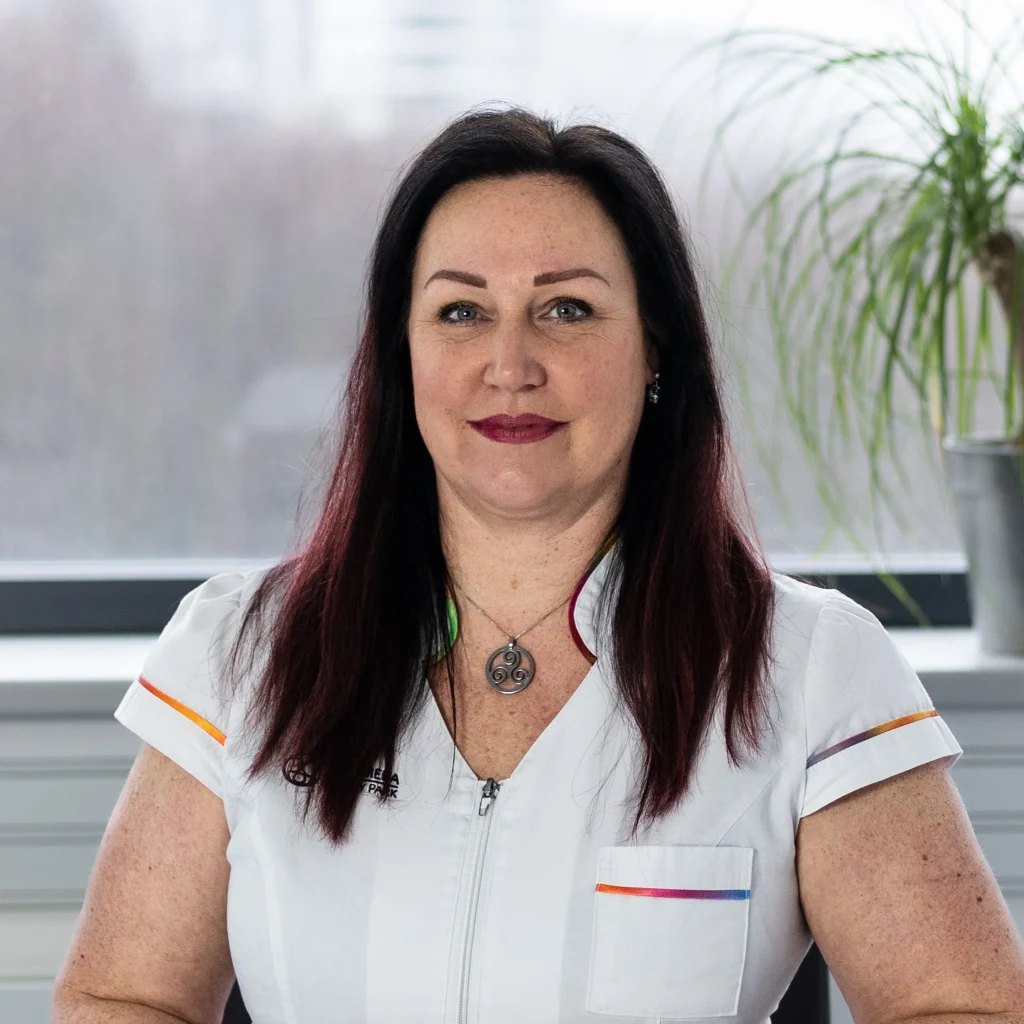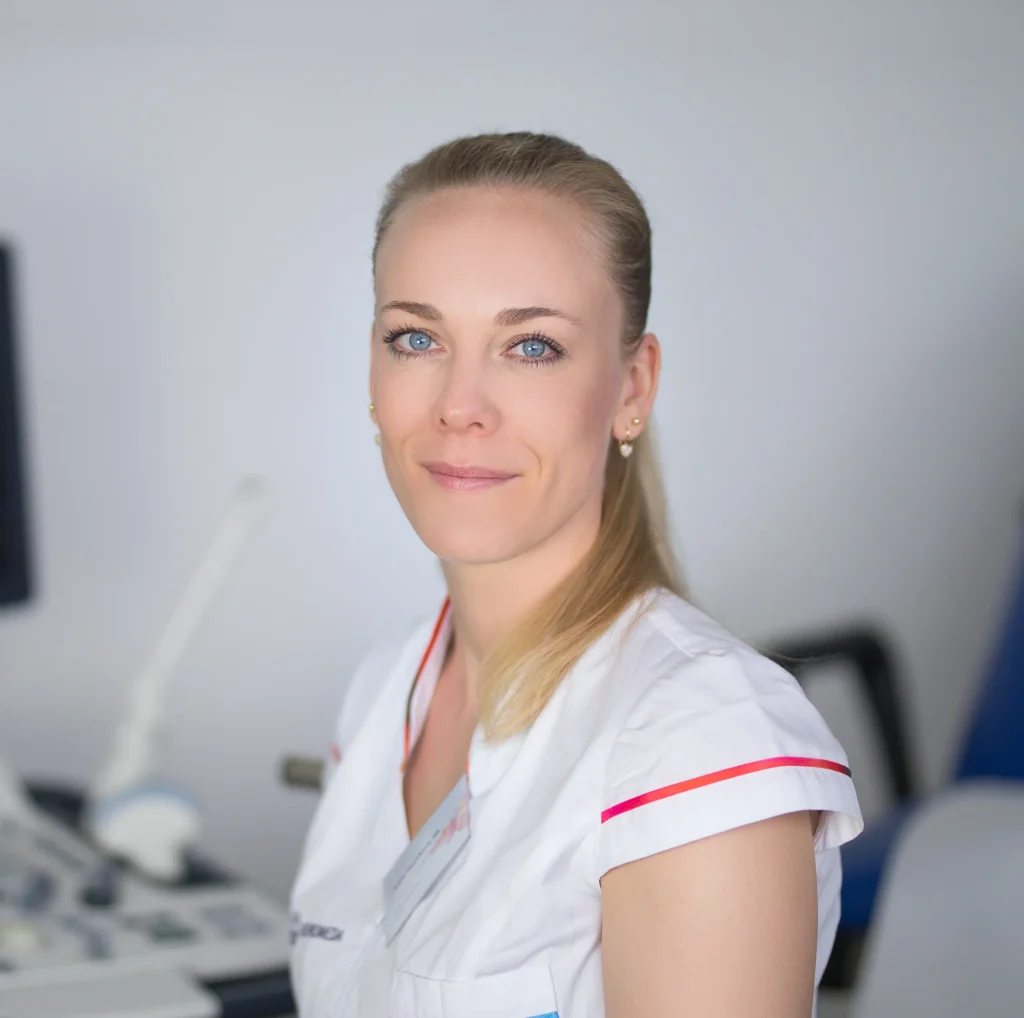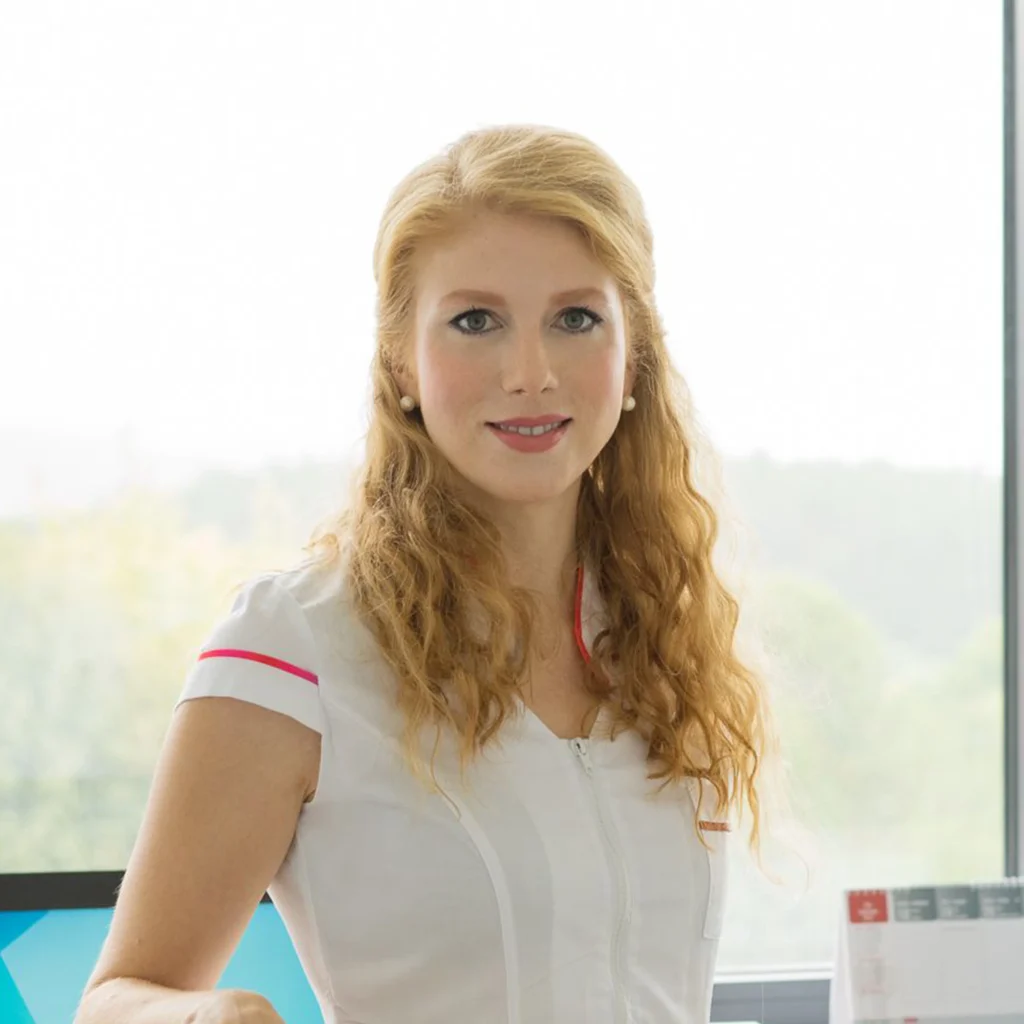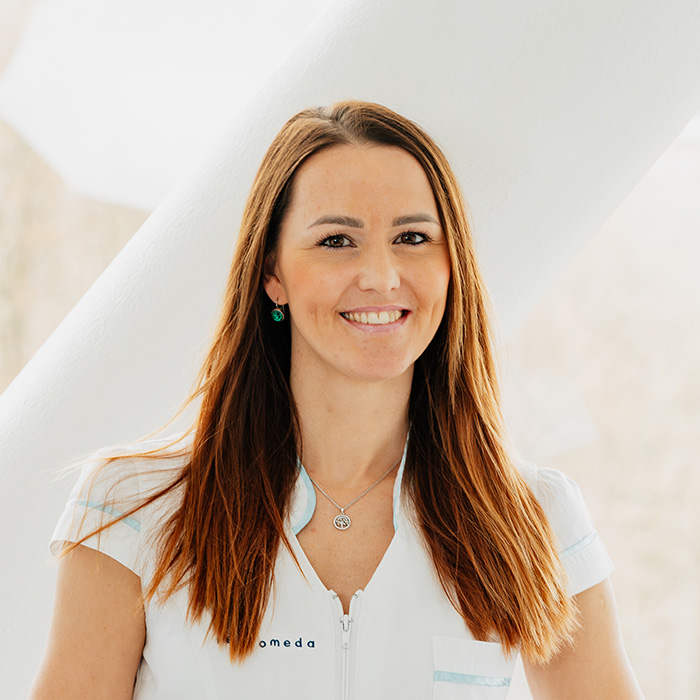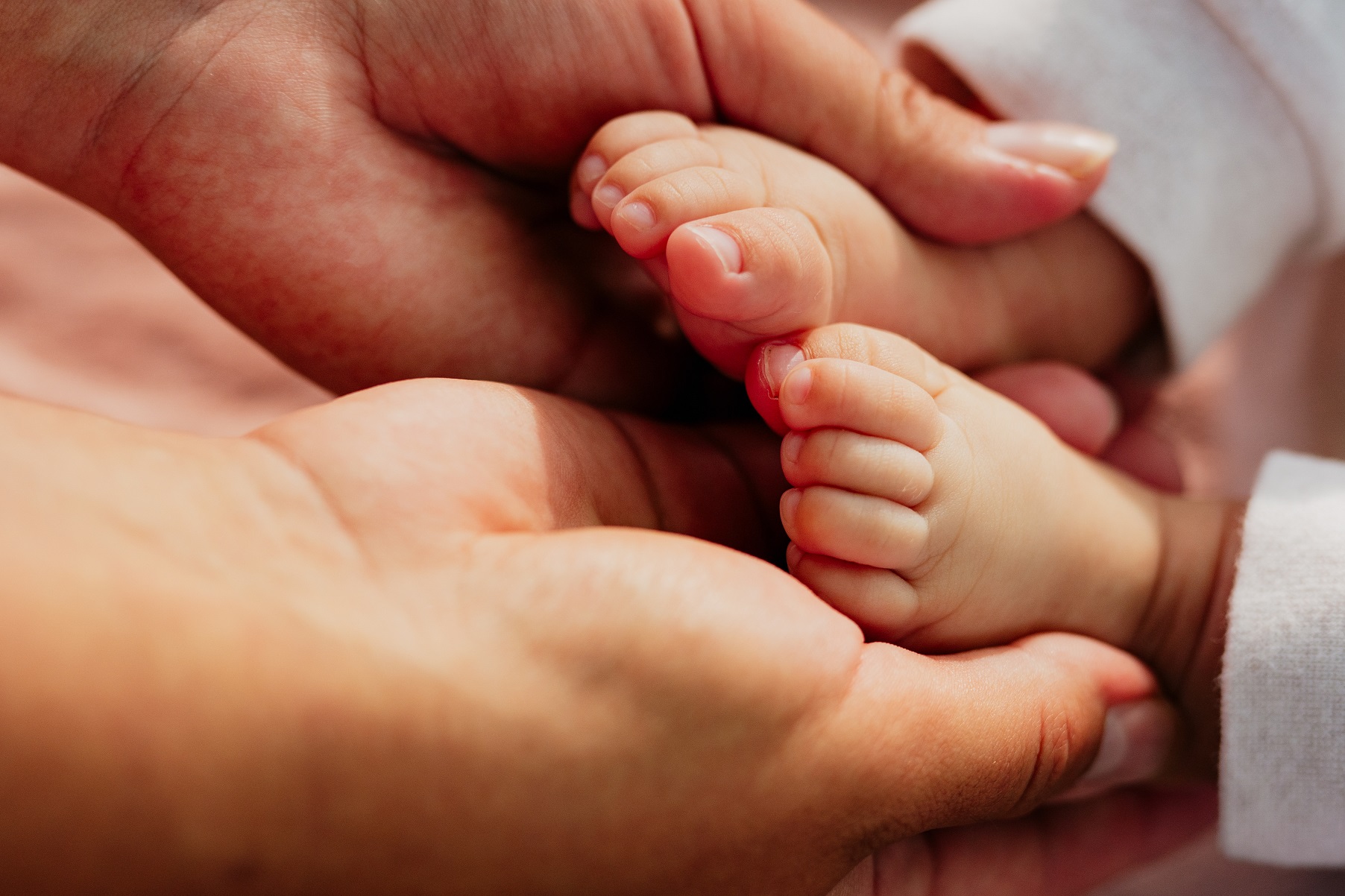Reproductive cell donation is strictly anonymous in the Czech Republic. Donors and recipients cannot identify each other. We select a suitable donor for you based on blood type and Rh factor. We also seek the closest possible match in terms of hair and eye colour, height or even personality traits and interests.
The entire OD cycle process from the consultation with the doctor to the embryo transfer takes approximately 4 months.



